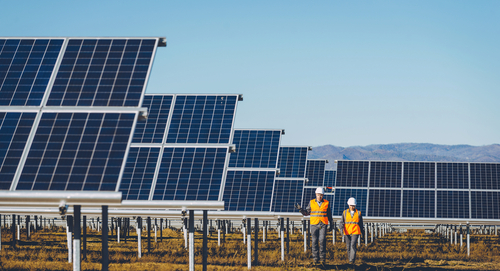Solar to be the “new king” of electricity amid rising demand – report
- October 15, 2020
- 0

Solar power and other forms of renewable energy (RE) could make up 80% of the growth in electricity generation over the coming years, based on a report from the International Energy Agency (IEA) issued on October 13.
The IEA says capturing the sun’s energy for power generation has become cheaper than burning coal or natural gas in most countries.
Solar photovoltaic cells are now among the cheapest sources of electricity, owing to maturing technologies and policies that have lowered investment costs. Photovoltaic systems can be installed at solar parks, as well as in homes and businesses.
lored, under which the COVID-19 crisis ends and global energy demand returns to pre-pandemic levels by 2023, the number of photovoltaic systems is seen to skyrocket. This would boost solar capacity by an average of 12% until 2030. RE would account for approximately 80% of the growth in global power generation in the same period, surpassing coal by 2025 a
s the primary means of producing electricity.